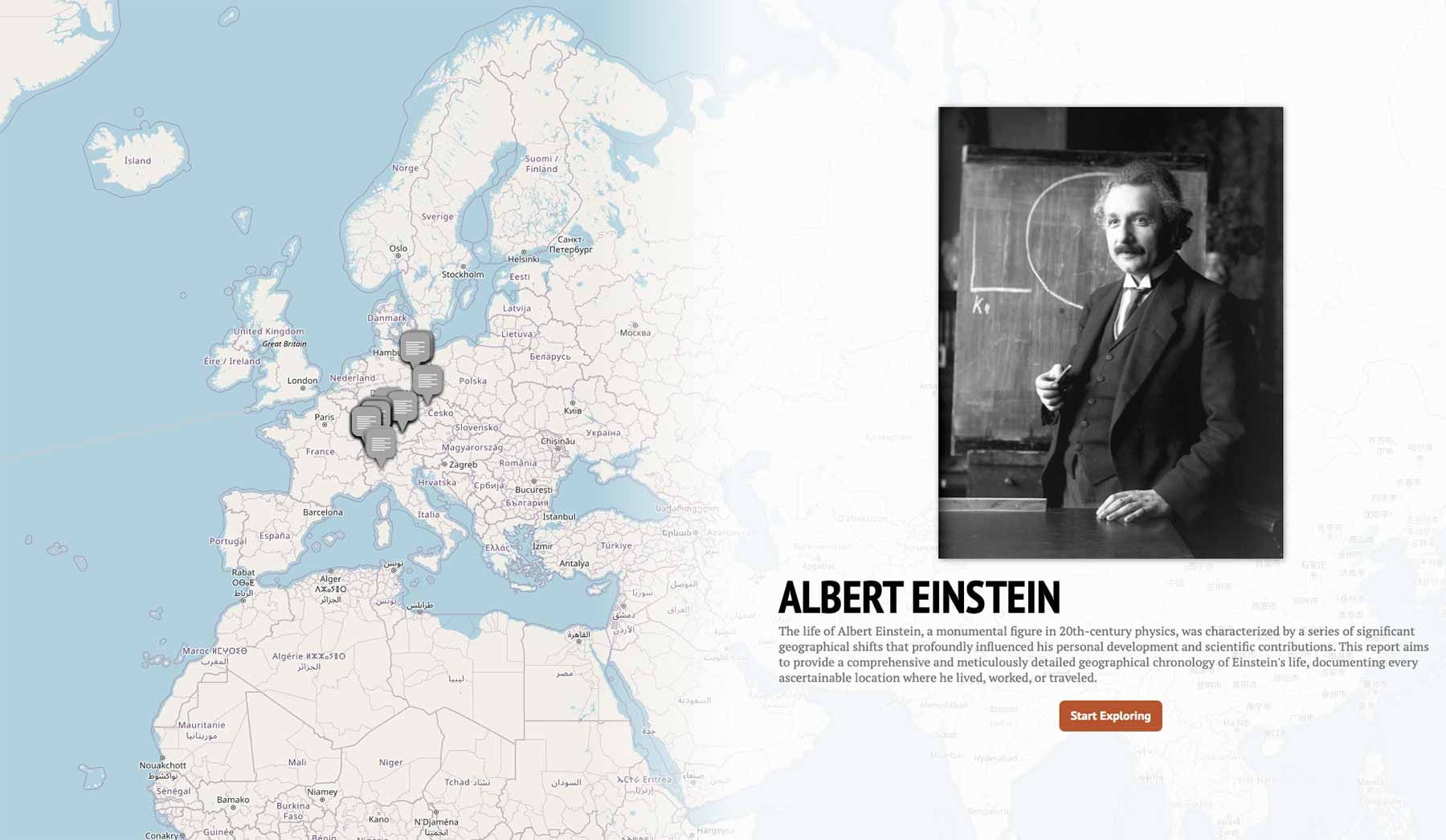Albert Einstein
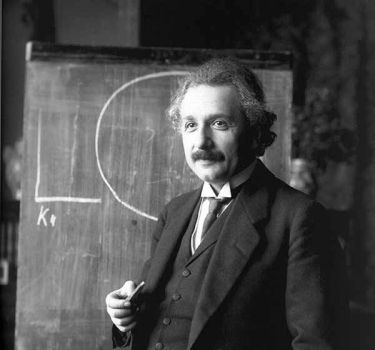
Albert Einstein during a lecture in Vienna (1921). Copyrightinfo Albert Einstein during a lecture in Vienna (1921). Photo by Ferdinand Schmutzer (1870–1928). Source: ETH-Bibliothek Zürich / Wikimedia Commons. Public Domain.
Where Curiosity Meets the Cosmos
Albert Einstein was more than a physicist—he was a revolutionary thinker whose theories reshaped our understanding of space, time, and reality itself. Best known for his equation E=mc² and the theory of relativity, Einstein’s work laid the foundation for modern physics and continues to influence science, technology, and philosophy today.
From humble beginnings in Germany to global fame as a Nobel Prize-winning genius, Einstein’s legacy is one of curiosity, creativity, and a deep commitment to truth and progress. Whether you're exploring his scientific breakthroughs or his humanist values, Einstein remains a timeless symbol of innovation and intellectual courage.
Everything you want to know about
Albert In one video
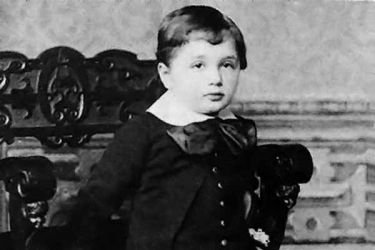
Albert Einstein at the age of three (1882). Copyrightinfo Albert Einstein at the age of three (1882). Photographer unknown. Source: Universität Frankfurt archive (via Wikimedia Commons). Public Domain.
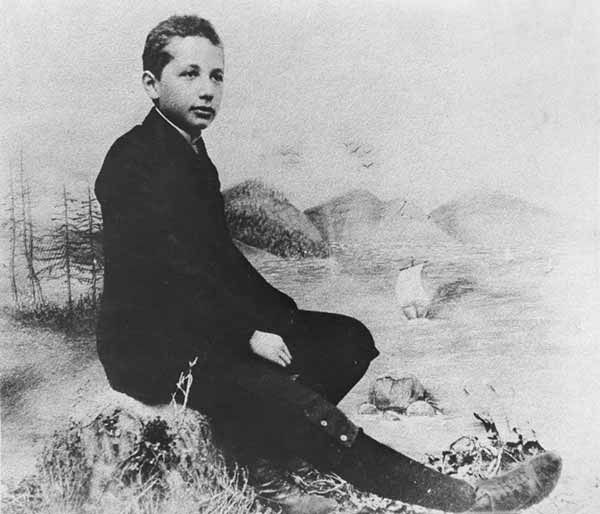
Albert Einstein as a child (circa 1894). Copyrightinfo Photographer unknown. Source: Physics Archive, University of Frankfurt (via Wikimedia Commons). Public Domain.
The Early Life of a Curious Mind
Albert Einstein was born on March 14, 1879, in the city of Ulm, Germany, and grew up in Munich. From an early age, he stood out—not as a prodigy, but as a quiet, deeply curious child. He was slow to speak and preferred observing to participating. But behind his silence was a mind constantly questioning the world around him.
His fascination with science began when he was just five years old and his father gave him a compass. Einstein was captivated by the invisible force that made the needle move, sparking a lifelong obsession with uncovering the unseen laws of nature. Later, a small geometry book and a violin would also play key roles in shaping his young mind—he loved music and math in equal measure.
Einstein’s school years weren’t always easy. He disliked rigid teaching methods and clashed with authority figures, which led to a rebellious spirit and a refusal to accept things at face value. At 16, he left Germany and eventually enrolled at the Swiss Federal Polytechnic in Zurich, where he studied physics and mathematics.
Though brilliant, Einstein didn’t immediately land an academic position after graduation. Instead, he worked as a clerk in the Swiss Patent Office—a job that gave him time to think. During those quiet hours, he developed some of the boldest theories in modern science. His early years reveal a powerful truth: genius isn’t always obvious from the start—it grows from curiosity, persistence, and a refusal to stop asking “why?”
Albert Einstein’s personal life was as complex and layered as his theories. He married his first wife, Mileva Marić, a fellow physics student at the Polytechnic in Zurich. Together, they had three children: a daughter named Lieserl, whose fate remains largely unknown, and two sons—Hans Albert, who became a respected engineer, and Eduard, who struggled with mental illness for much of his life. Einstein and Mileva eventually separated and divorced in 1919.
That same year, he married his second wife, Elsa Löwenthal, who was also his cousin. Elsa managed much of his day-to-day life and helped shield him from public pressures during his rise to international fame. Though the marriage was more practical than passionate, it provided a degree of stability during a chaotic period in Einstein’s life.
Einstein wasn’t known for being particularly domestic. He often lived apart from his family and focused heavily on his work, sometimes to the frustration of those closest to him. Yet he maintained deep friendships with fellow scientists, artists, and thinkers—people like Niels Bohr, Bertrand Russell, and Charlie Chaplin. He enjoyed music, especially playing the violin, which he said helped him think more clearly.
Though admired by the public, Einstein remained a private person—charming, humorous, and occasionally difficult. His letters reveal someone deeply thoughtful and emotionally complex, devoted to both truth and freedom, even if his personal relationships didn’t always reflect the harmony he sought in the universe.
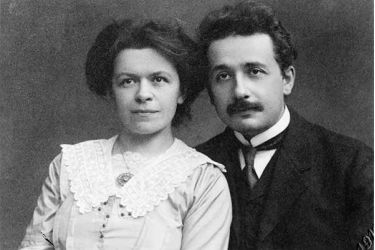
Albert Einstein and his wife Mileva Maric, Prague, 1912. Copyrightinfo Photographer unknown. Source: ETH-Bibliothek Zürich (via Wikimedia Commons). Public Domain.
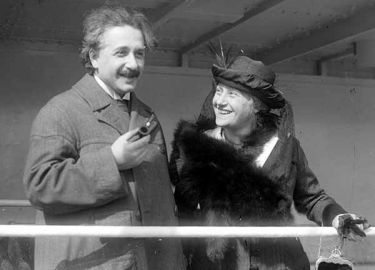
Albert Einstein with his wife Elsa, arriving in New York aboard SS Rotterdam, April 2, 1921. Copyrightinfo Photo: Underwood & Underwood, New York / Library of Congress (digital ID: ggbain.32096). Public Domain (USA); may still be protected in some other countries.
Einstein’s academic breakthroughs and their lasting impact on science
Where Curiosity Meets the Cosmos
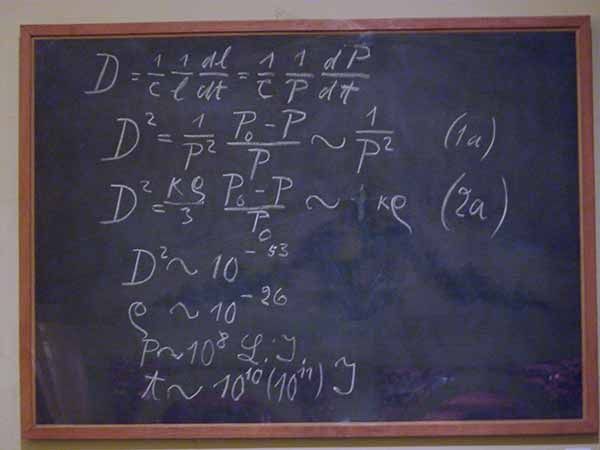
Einstein's Blackboard at the History of Science Museum in Oxford. Copyrightinfo A blackboard used by Albert Einstein in a 1931 lecture in Oxford. The last three lines give numerical values for the density (ρ), radius (P), and age of the universe. On display at the Museum of the History of Science, Oxford. Photo: Wikimedia Commons user “decltype”, uploaded 18 April 2010. License: CC BY-SA 3.0
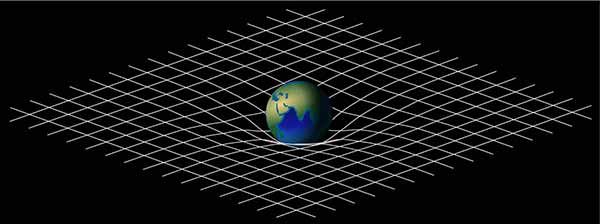
General relativity, Einstein’s 1915 geometric theory of gravity, is the foundation of our modern understanding of gravitation. Copyrightinfo Lattice analogy of the deformation of spacetime caused by a planetary mass (2015). Created by Mysid in Blender & Inkscape. License: CC BY-SA 3.0
Albert Einstein’s academic journey was anything but ordinary. After graduating from the Swiss Federal Polytechnic in Zurich in 1900, he struggled to find a university teaching position—despite his obvious brilliance. Instead, he took a job at the Swiss Patent Office in Bern. It was during these years, away from the academic spotlight, that he produced some of his most groundbreaking work.
In 1905, often called his Annus Mirabilis (miracle year), Einstein published four revolutionary papers in the Annalen der Physik, one of the most respected scientific journals of the time. These papers introduced the Special Theory of Relativity, explained the photoelectric effect, described Brownian motion, and established the concept of mass–energy equivalence with the iconic formula E=mc². Remarkably, all of this was achieved without any formal academic position.
These contributions earned him increasing recognition, and by 1909, he was offered a professorship at the University of Zurich. Soon after, he held posts in Prague, Berlin, and ultimately the Kaiser Wilhelm Institute for Physics, where he continued to develop his ideas, including the General Theory of Relativity published in 1915. This new theory, which described gravity not as a force but as the curvature of space-time, was confirmed by astronomical observations in 1919—instantly making him a global celebrity.
Einstein’s academic accolades include honorary doctorates from leading universities, countless awards, and election to prestigious scientific academies. His theories not only earned him the Nobel Prize in 1921, but they also established him as a central figure in the world of theoretical physics. Even after leaving Europe for the U.S., he continued his work at the Institute for Advanced Study in Princeton, inspiring generations of scientists with ideas that remain at the heart of modern physics today.
Einstein and Religion:
A Search for Meaning, Not Dogma
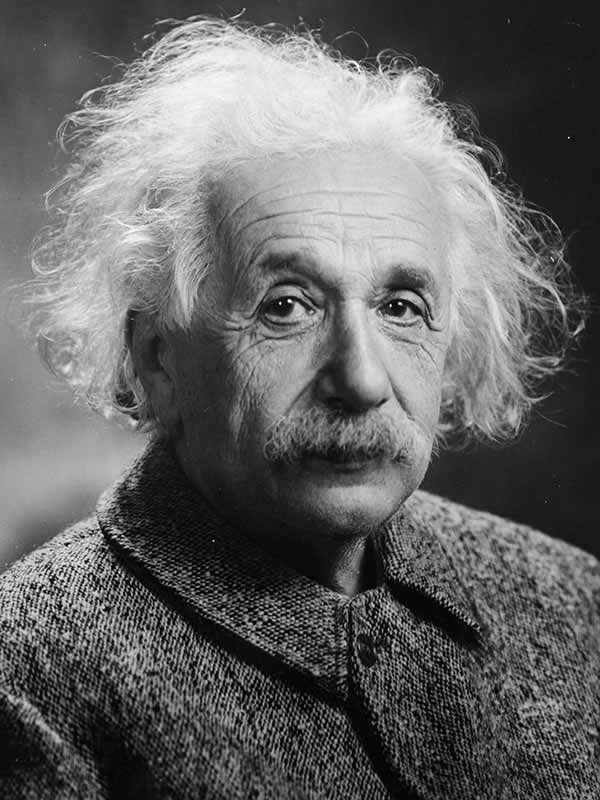
Copyrightinfo Portrait of Albert Einstein by Orren Jack Turner (Princeton, NJ). Retouched by PM_Poon and Dantadd. Public Domain (USA – published between 1930 and 1963, copyright not renewed). May still be protected in certain countries (e.g., Germany, Canada, Switzerland).
Albert Einstein’s relationship with religion was thoughtful, complex, and often misunderstood. Though born into a Jewish family, he did not practice traditional religion as an adult. In fact, he openly rejected organized religion and dogma, yet he often spoke about God and the mystery of the universe in deeply philosophical terms.
Einstein believed in what he called a “cosmic religion”—a spiritual feeling that arises from the beauty, order, and vastness of the universe. He admired the harmony of natural laws and often referred to Spinoza’s God: not a personal deity who intervenes in human affairs, but a divine presence reflected in the structure of reality itself.
He famously said, “Science without religion is lame, religion without science is blind.” But for Einstein, “religion” meant not worship or faith in miracles, but a sense of awe and humility in the face of the unknown. He saw science and spirituality not as opposites, but as different responses to the mystery of existence.
Einstein also strongly opposed religious intolerance and fanaticism, especially during the rise of Nazism. As a Jewish intellectual, he was forced to flee Germany and later became a symbol of the free pursuit of knowledge against ideological oppression.
Though he didn’t follow a specific religion, Einstein remained deeply interested in the ethical and philosophical questions that religion addresses. His writings reveal a man who searched not for heaven, but for understanding—and who found a kind of reverence in the laws of the cosmos themselves.
the highlights in pictures:
A slideshow of Albert Einstein
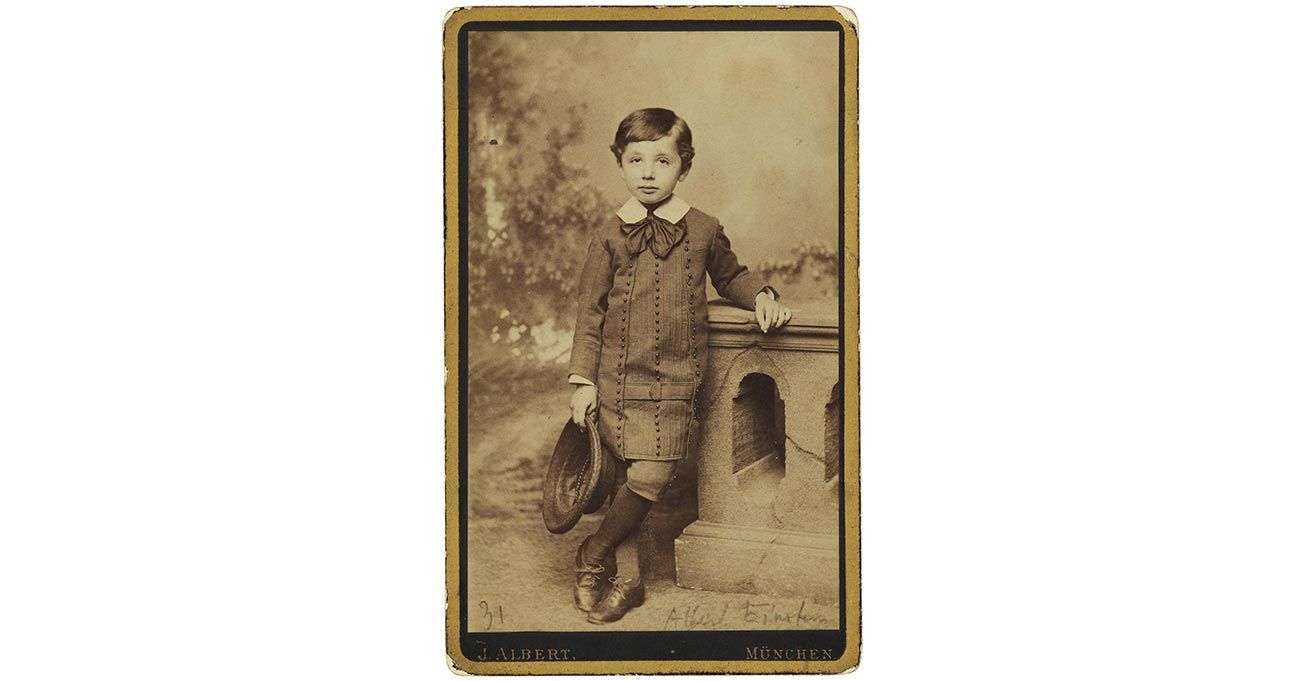
The 5 Year Old Einstein
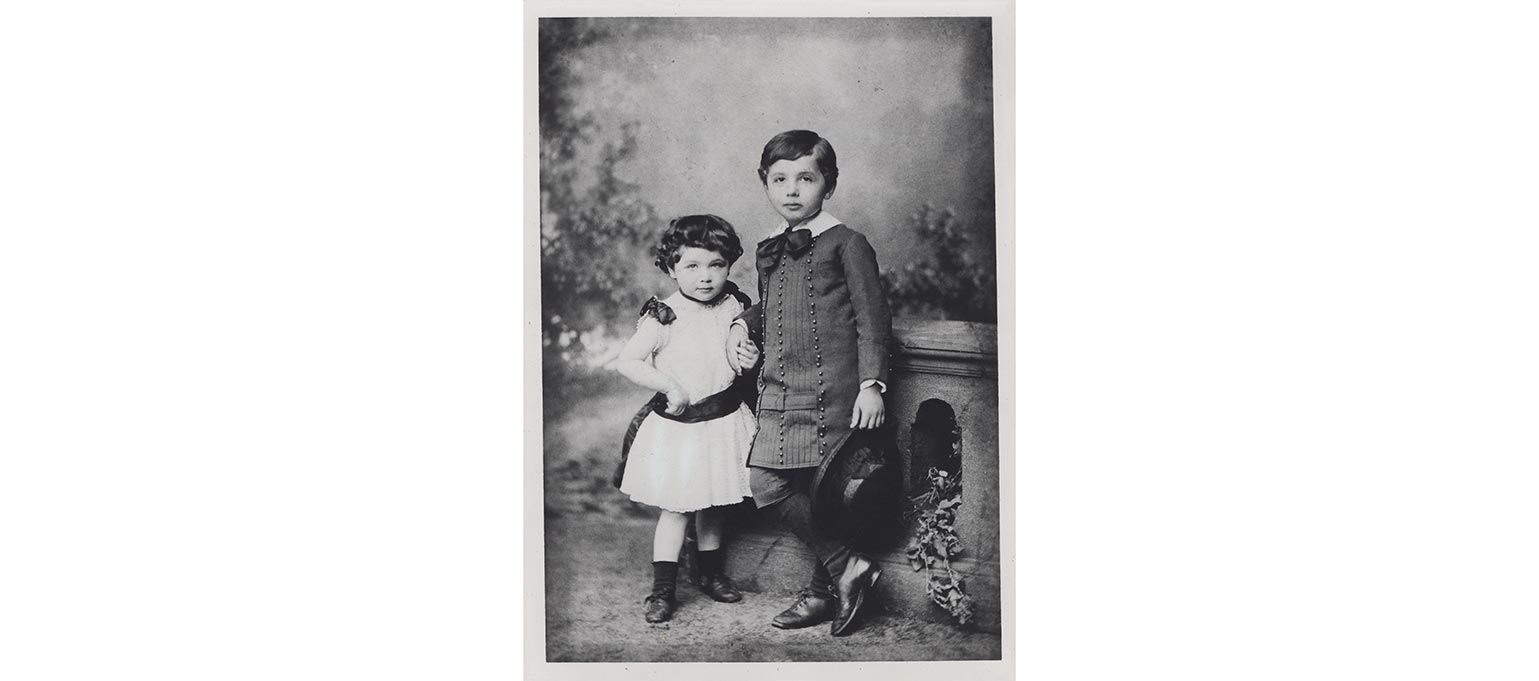
Albert Einstein and Maja Einstein
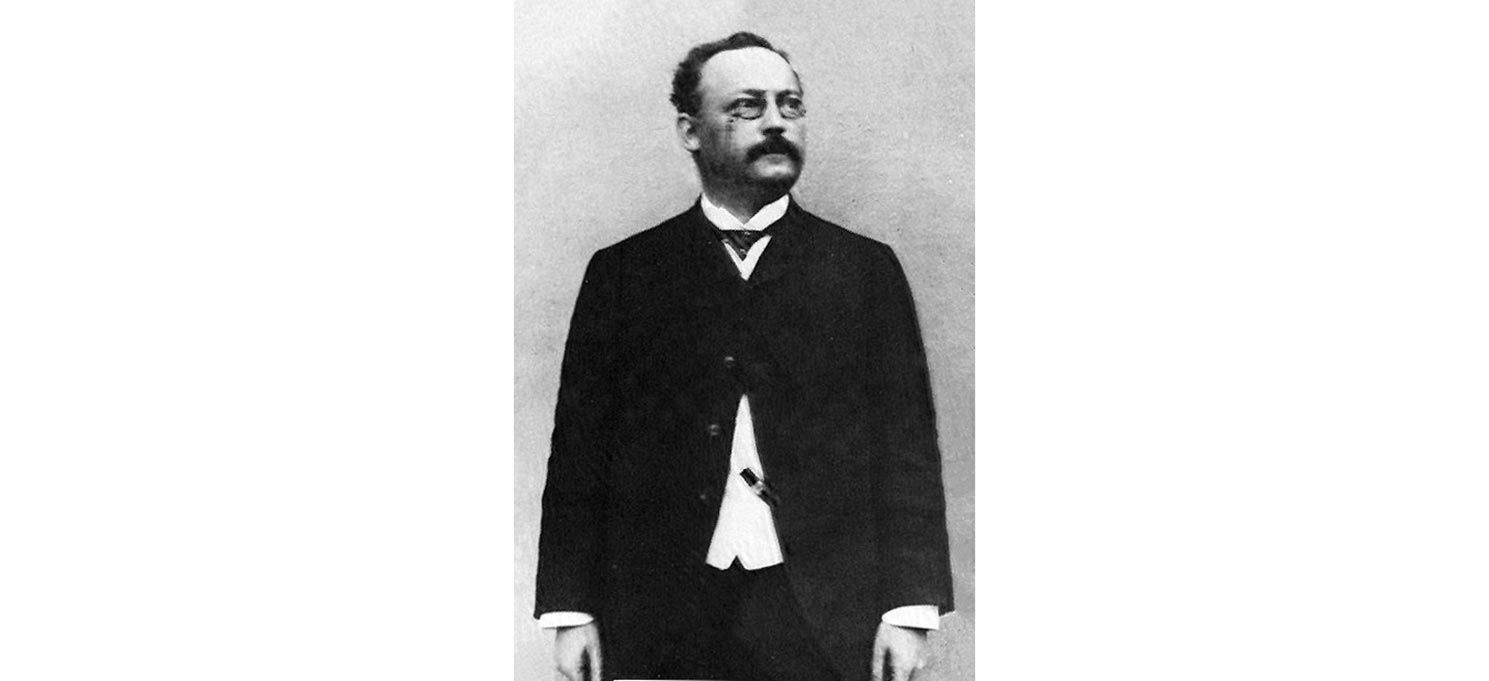
Hermann Einstein
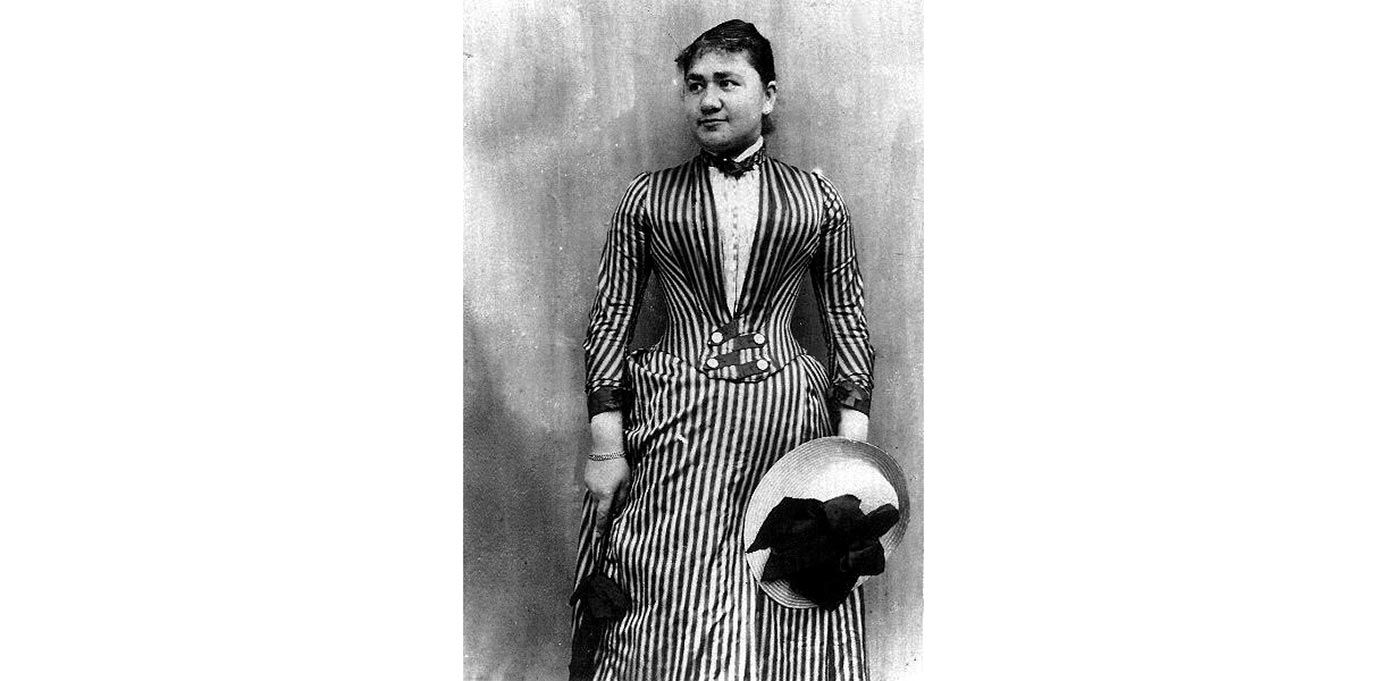
Pauline Koch
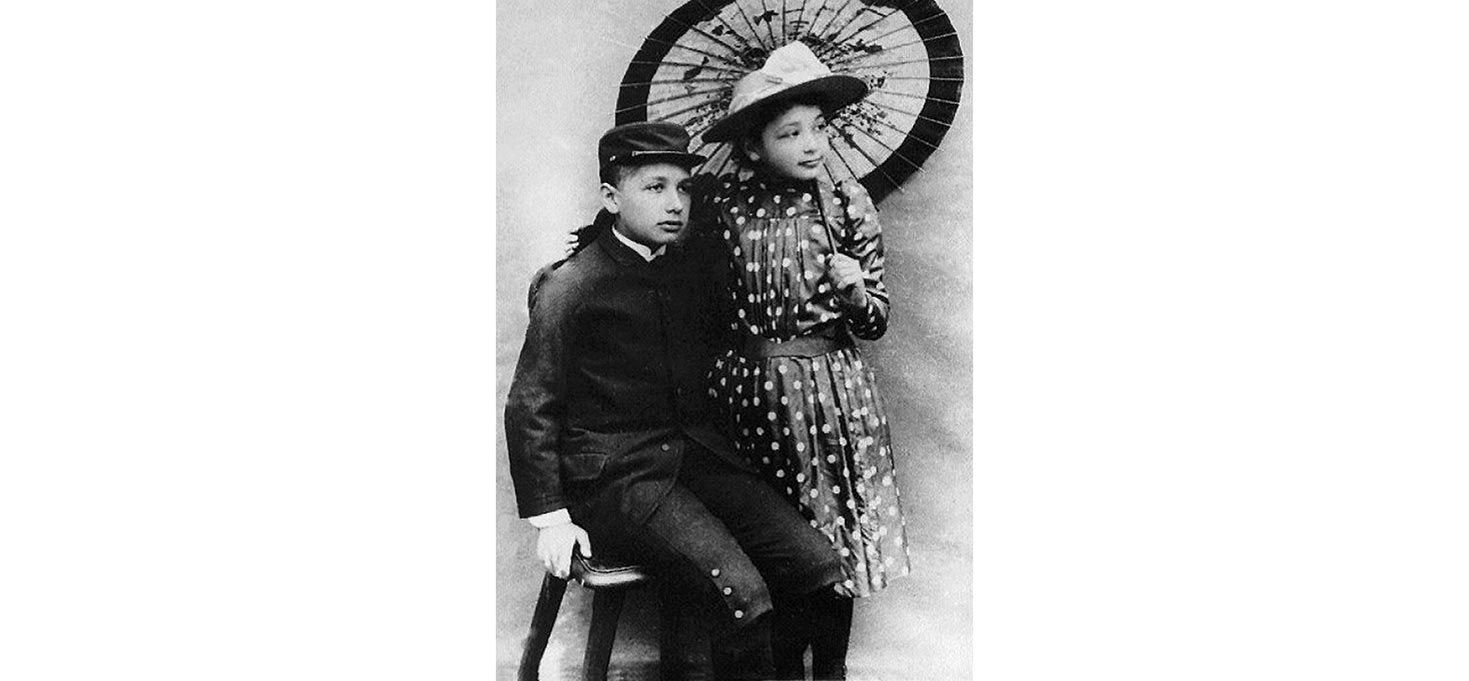
Albert Einstein an his Sister Maja
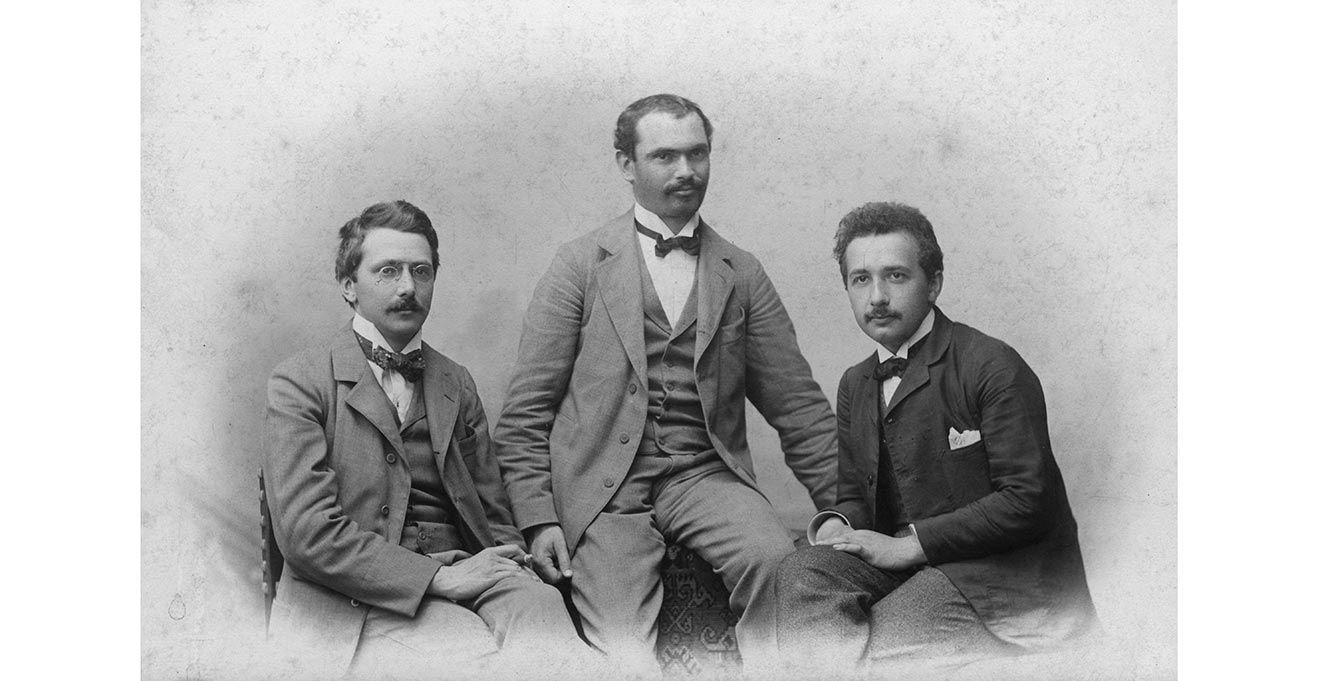
Einstein with Habicht and Solovine
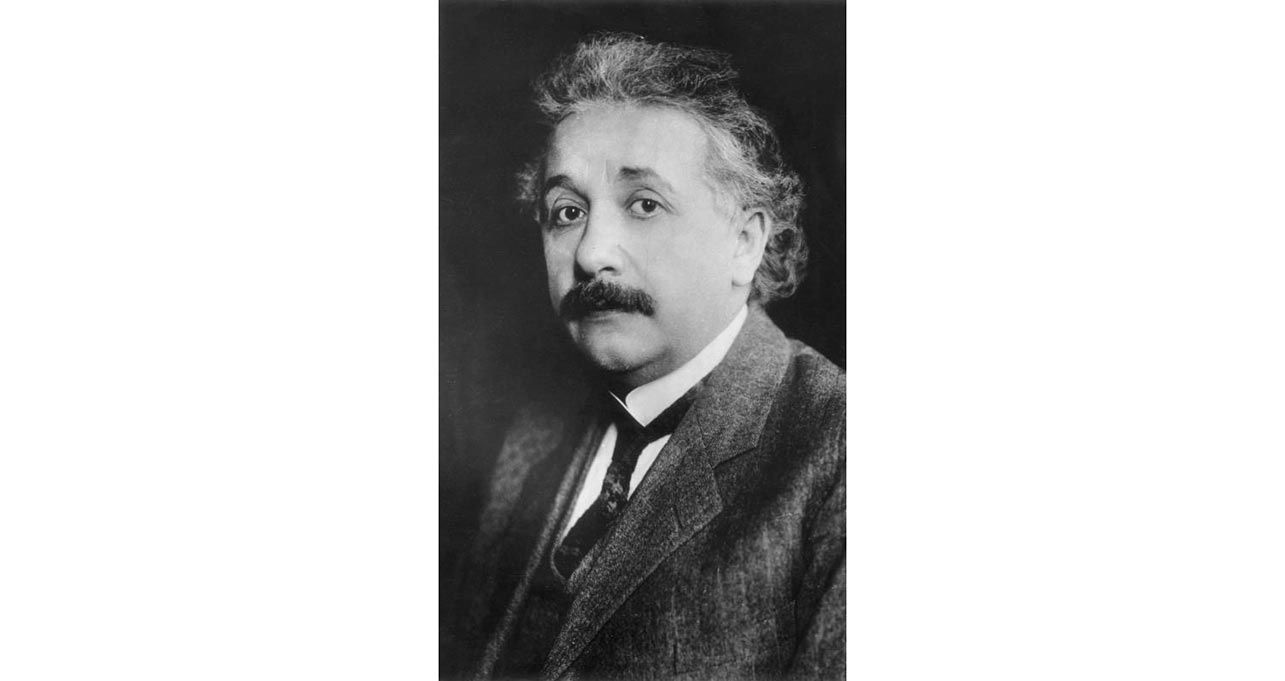
Albert Einstein (1918)
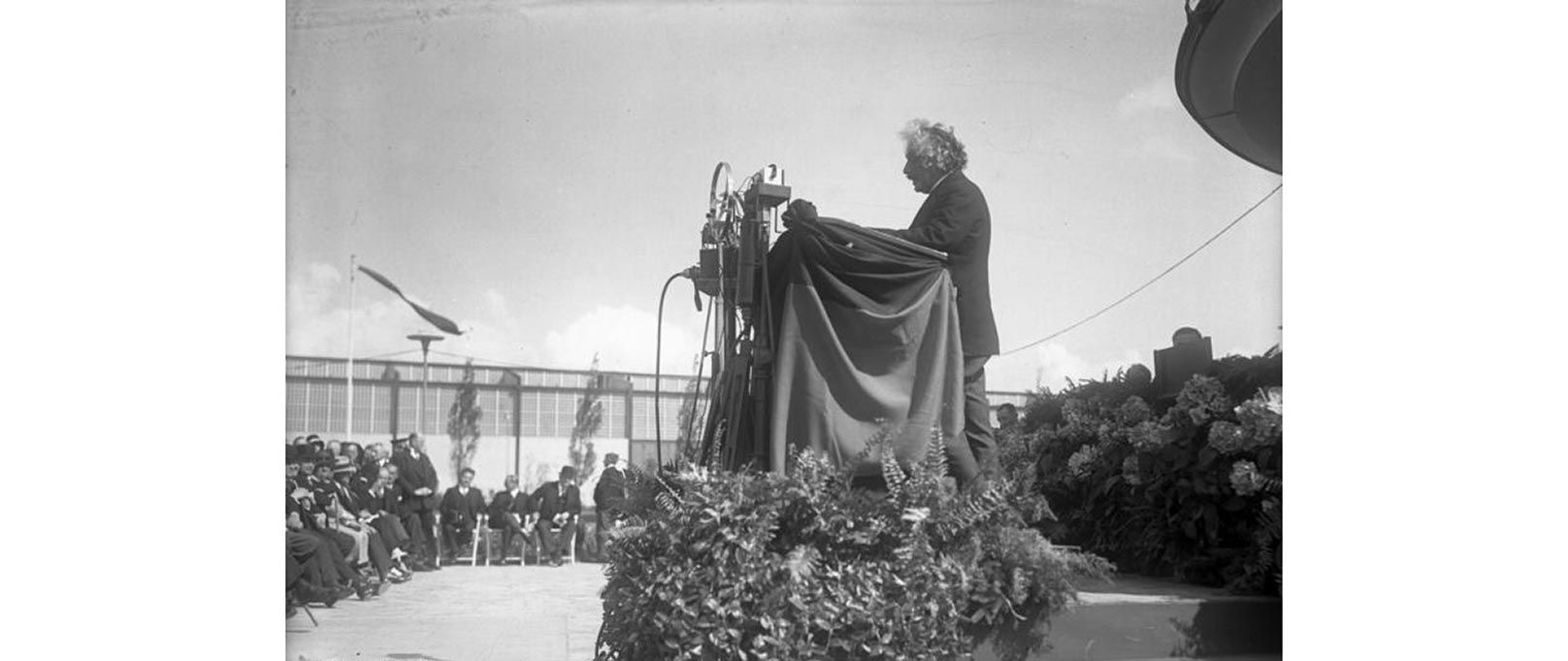
Einstein Opens the Radio Exhibition in Berlin
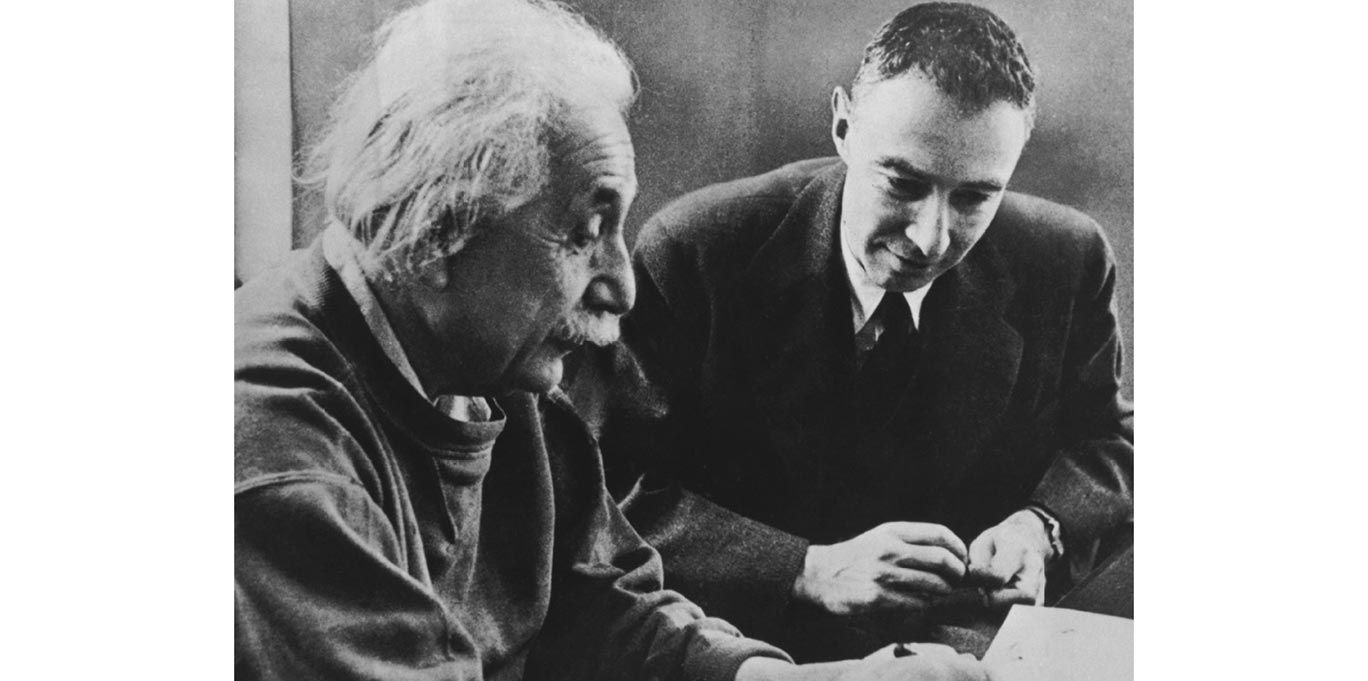
Einstein & Oppenheimer
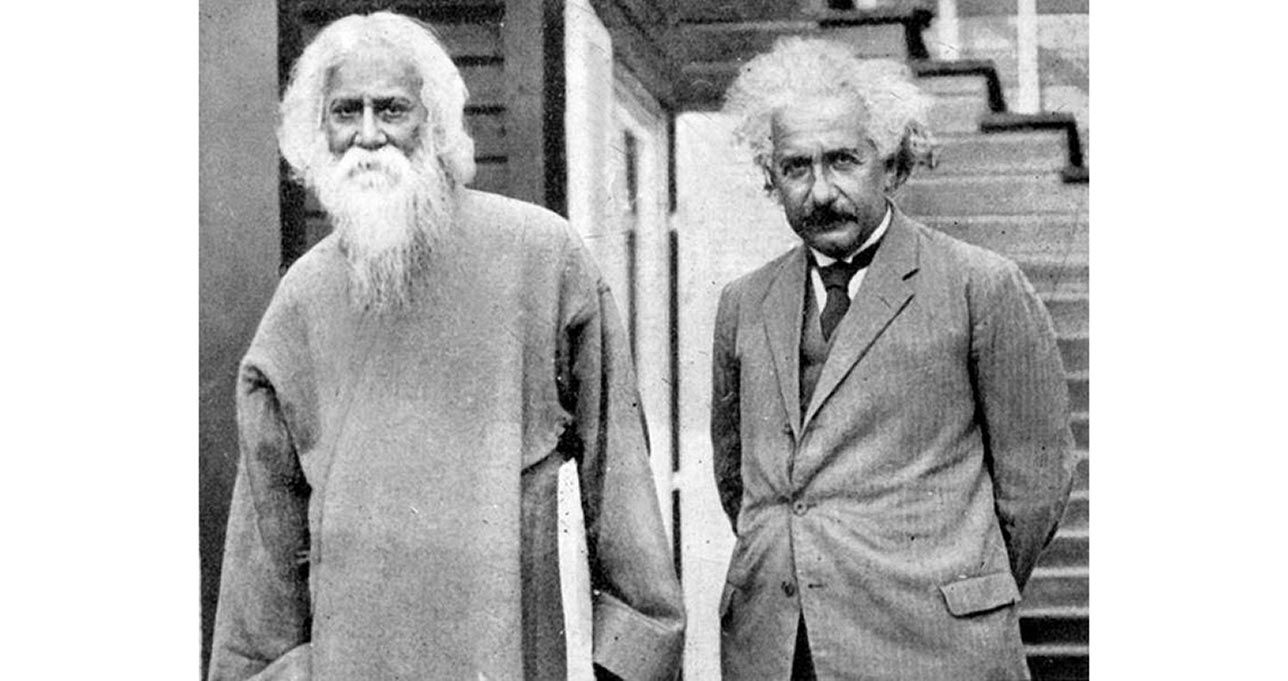
Rabindranath Tagore and Albert Einstein (1930)
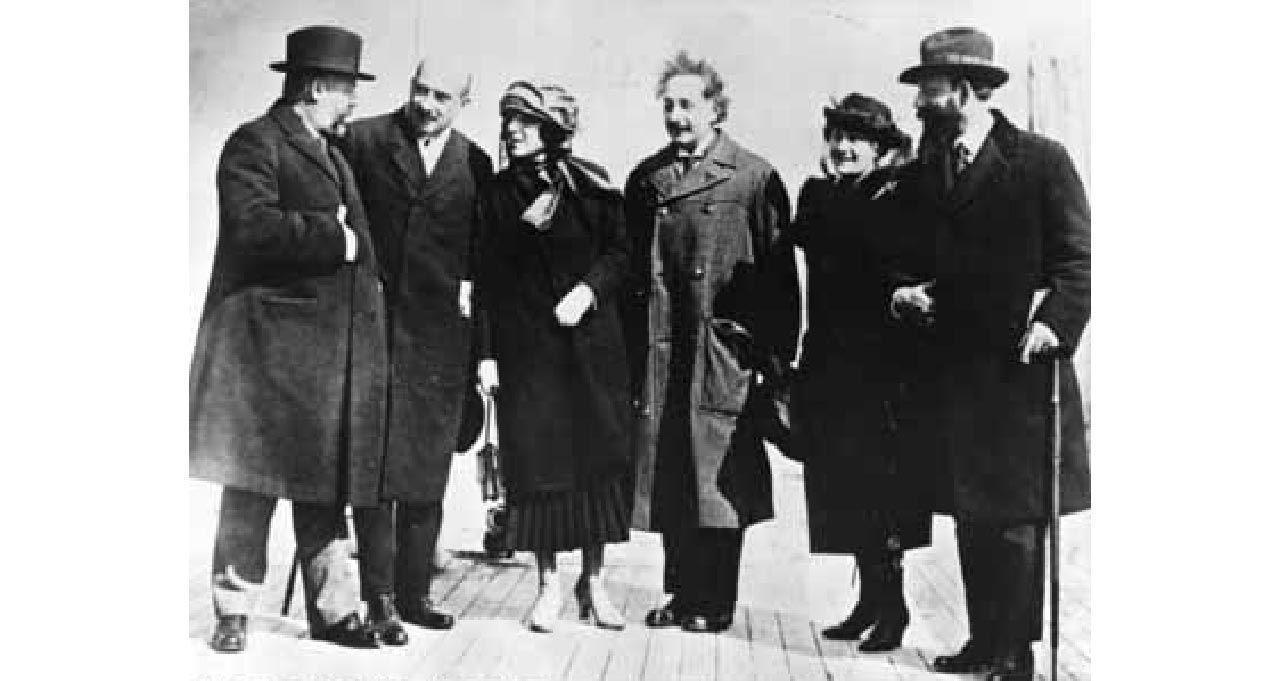
Einstein together with leading representatives of Zionism (1921)
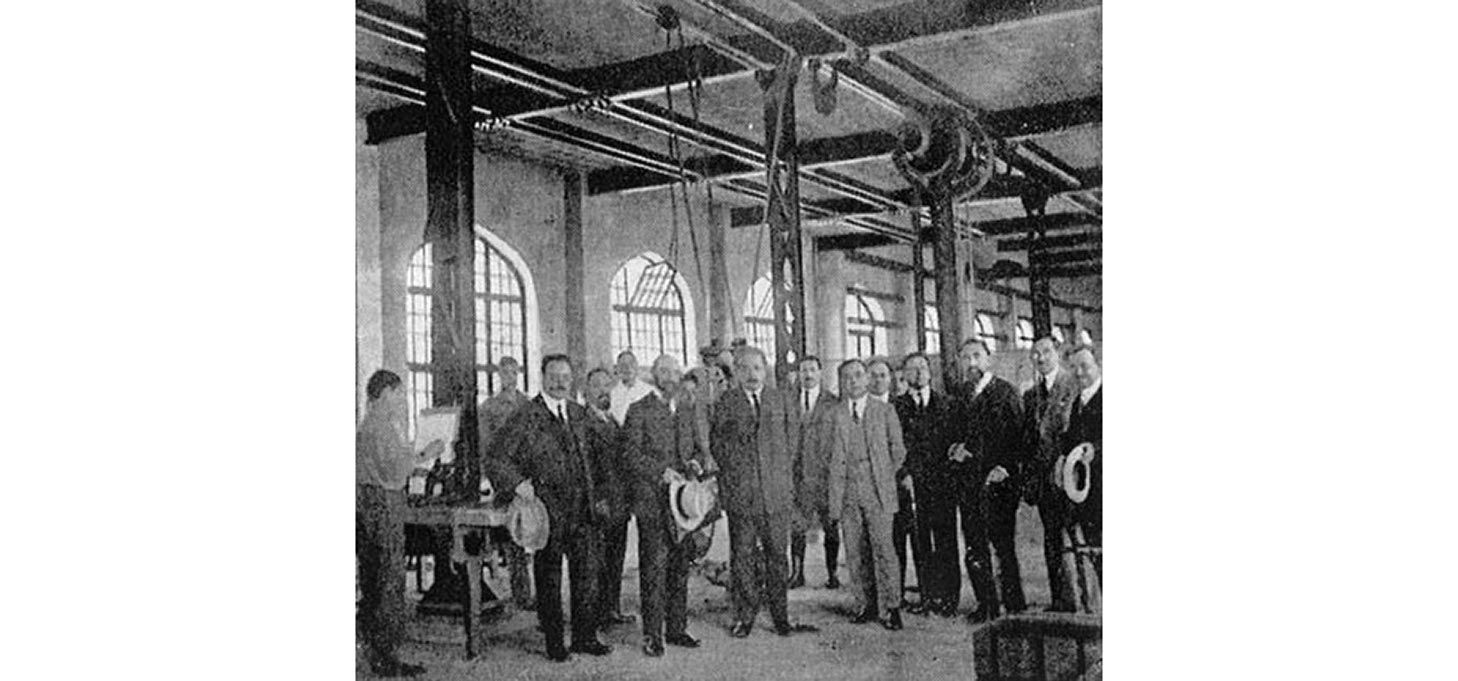
Einstein during his only visit to the Technion in Haifa (February 1923)
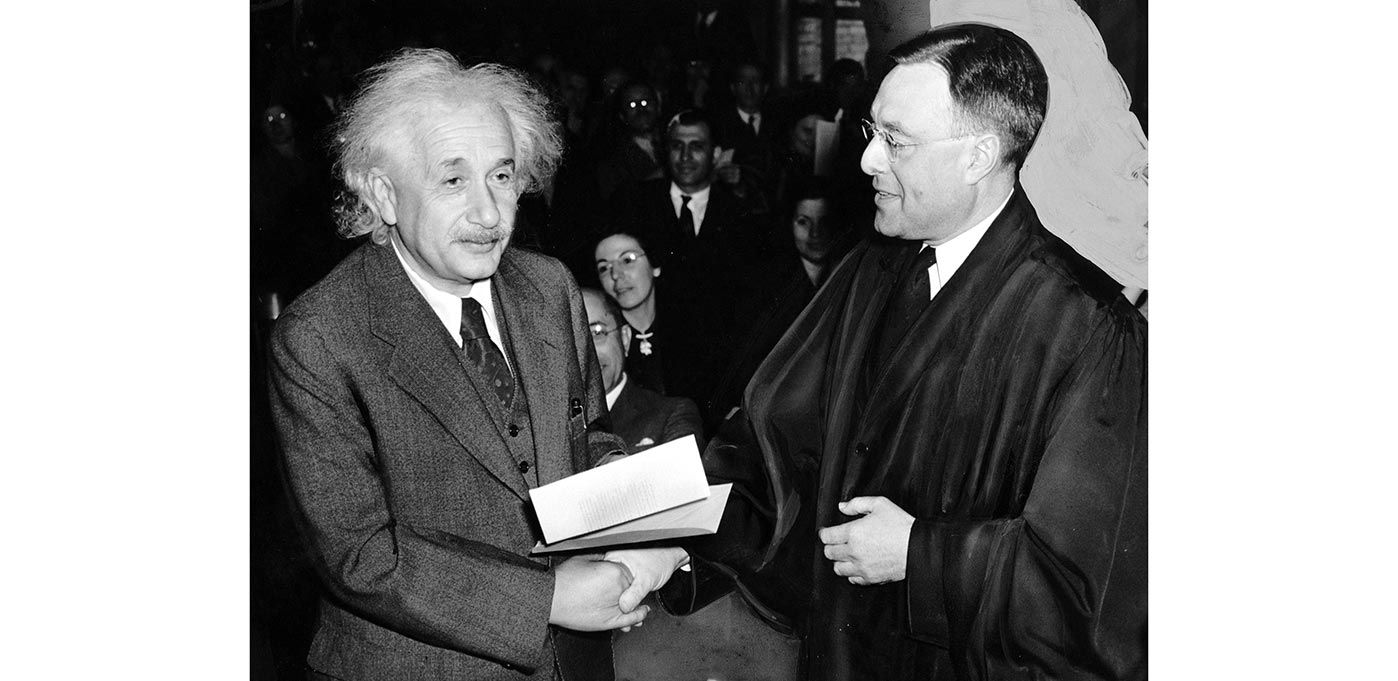
Einstein received his American naturalization certificate from Judge Phillip Forman
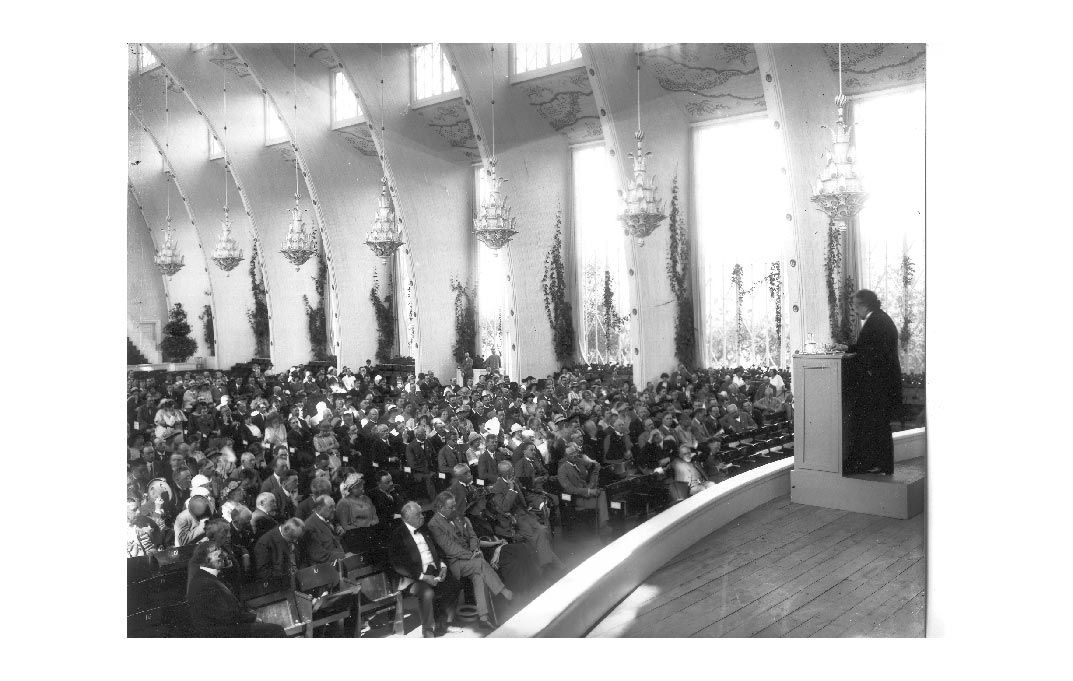
Einstein's lecture on July 11, 1923 in Gothenburg
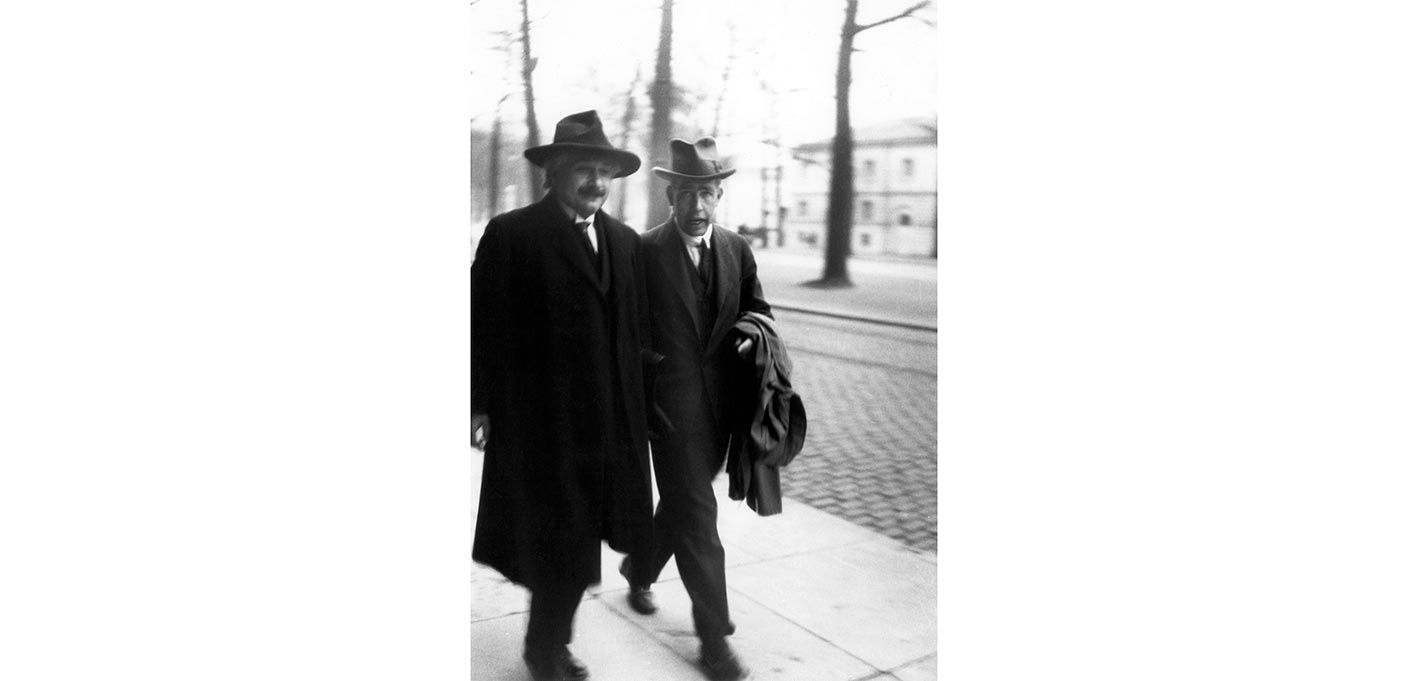
Albert Einstein with Niels Bohr in Brussels in 1930, photograph by Paul Ehrenfest
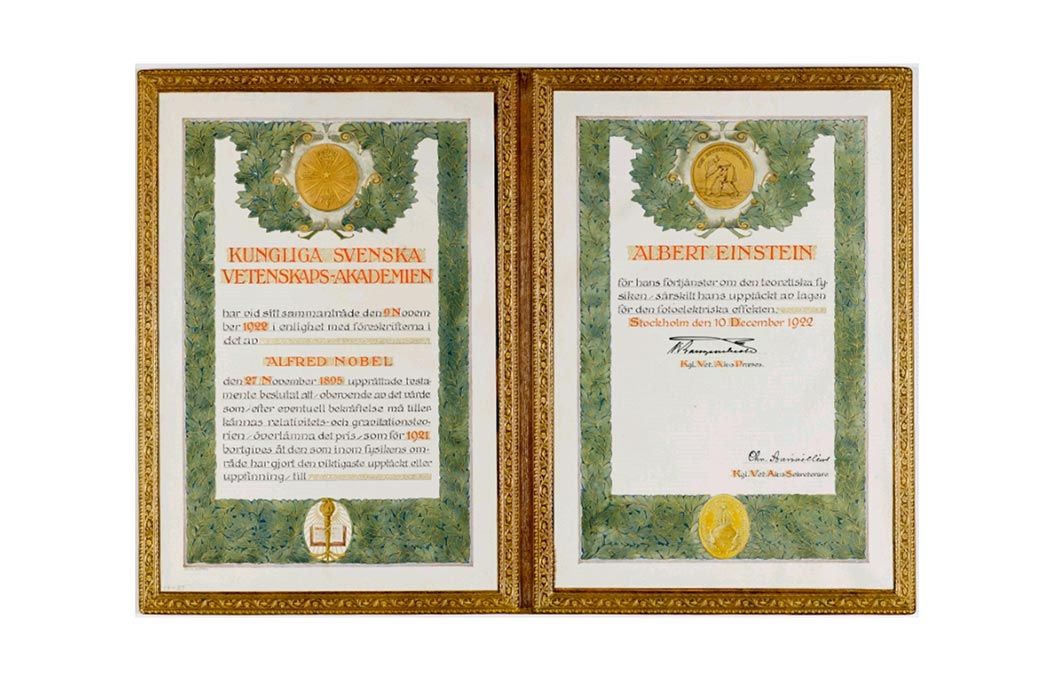
Nobel Prize 1921, awarded on 10 December 1922
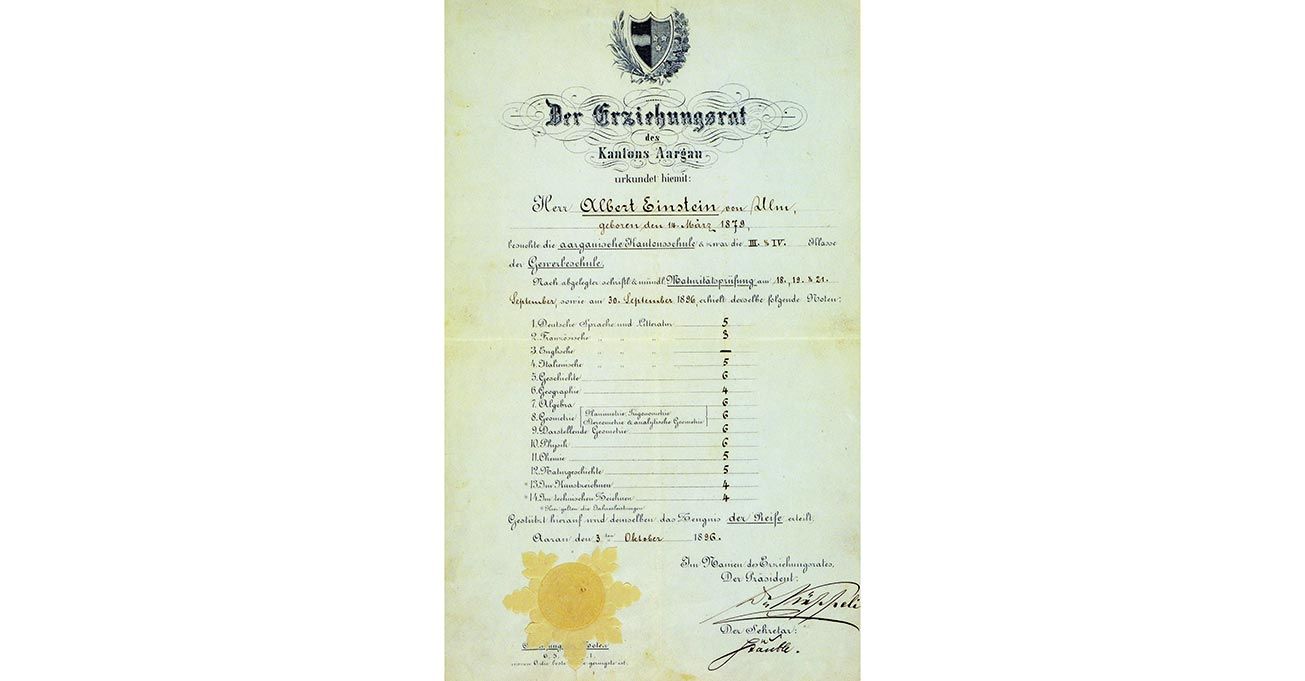
Einstein's Matura certificate from the Kantonsschule Aarau
in Switzerland, a 6 is the best grade and a 1 the worst
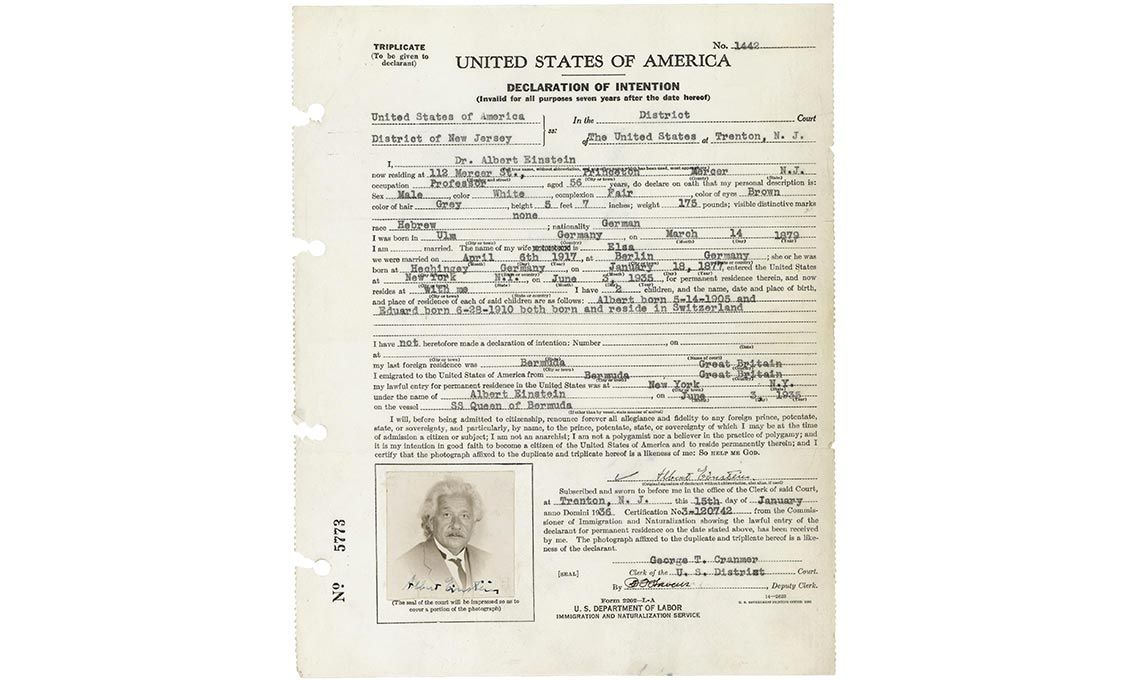
Immigration certificate from January 1936
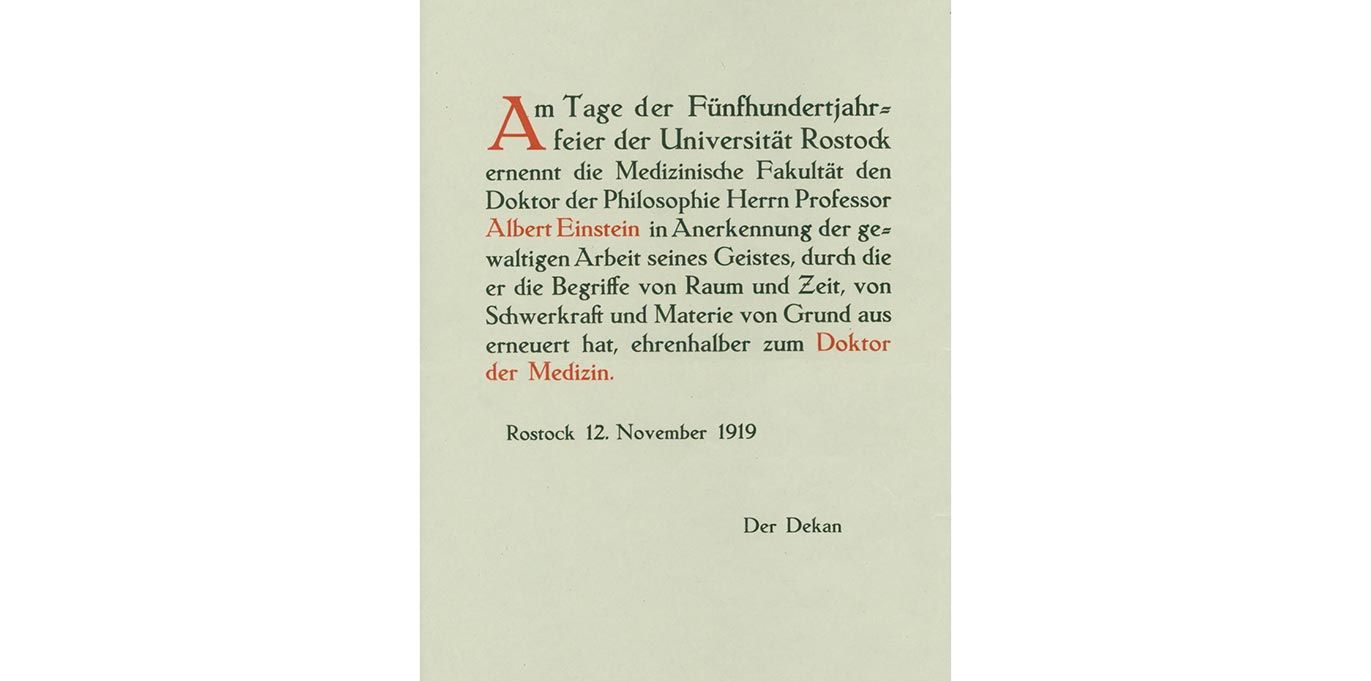
Honorary doctorate certificate (1919)
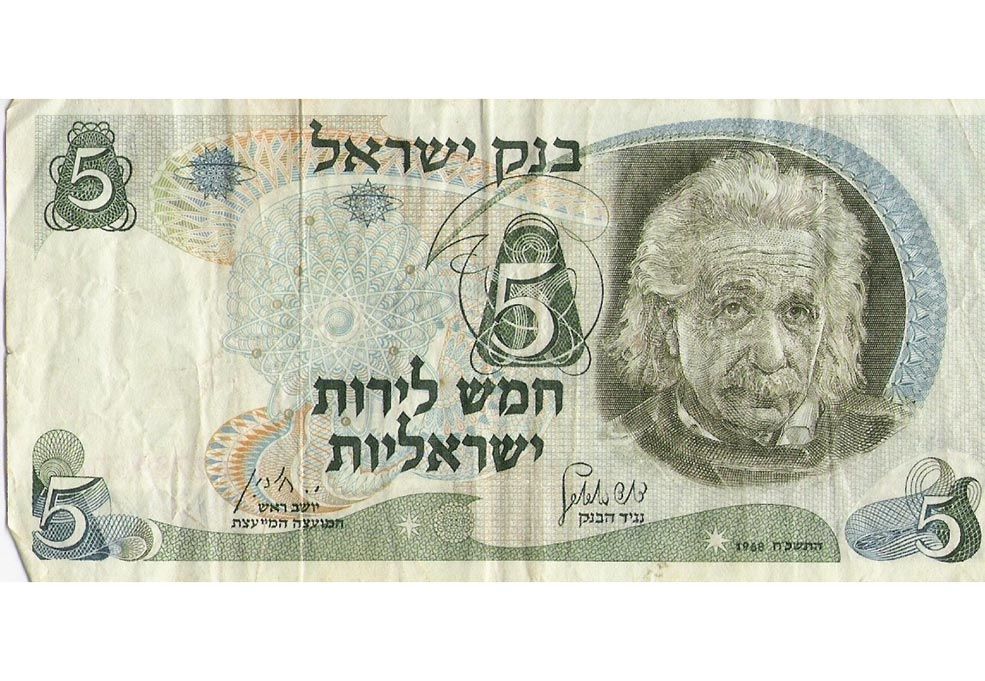
Einstein on a 5 lirot banknote (Israel, 1968)

Berlin memorial plaque at Ehrenbergstraße 33 in Berlin-Dahlem
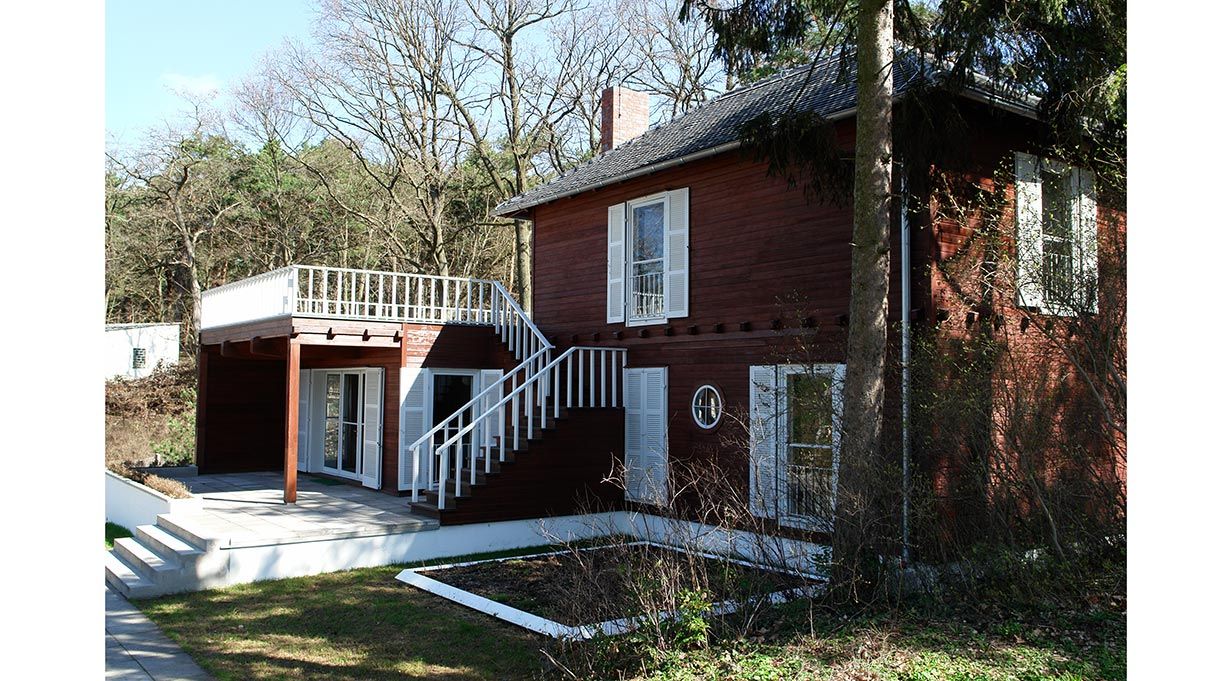
Albert Einstein's summer house in Caputh near Potsdam

Einstein's house in Aarau
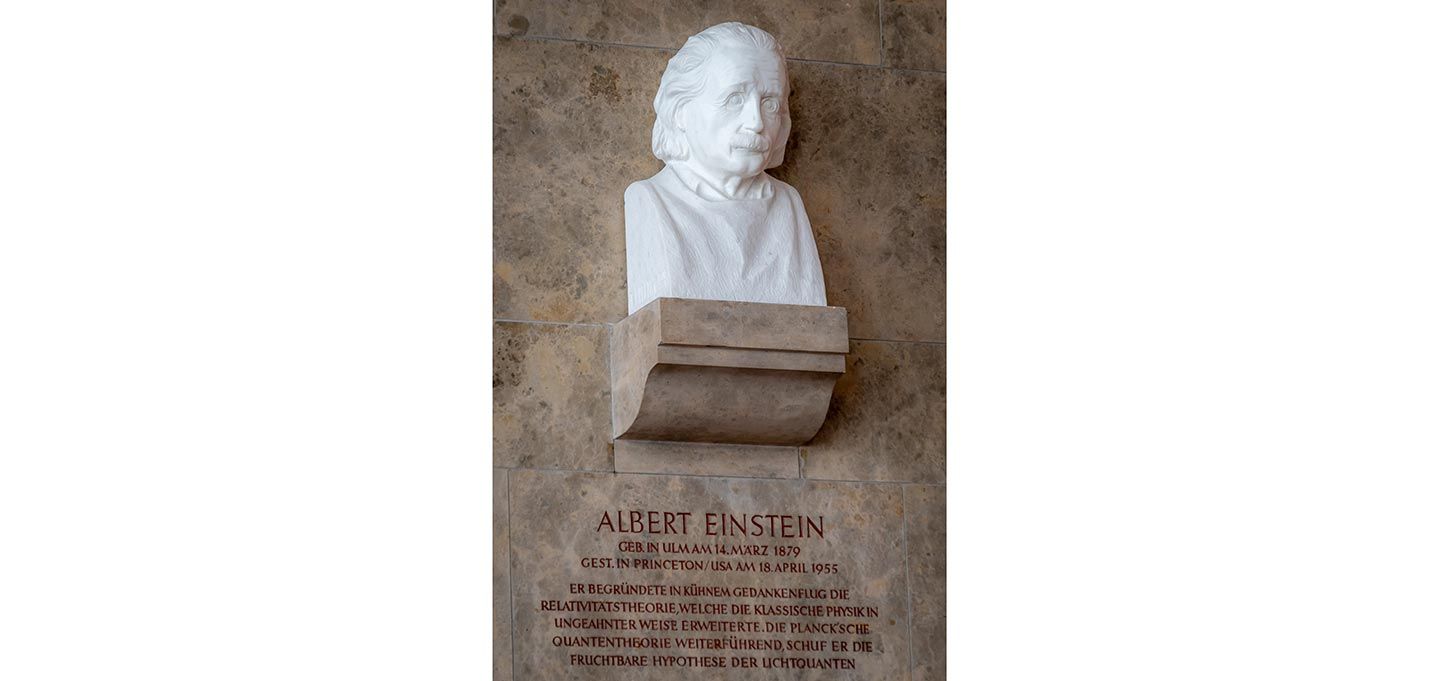
Bust of Albert Einstein in the Deutsches Museum in Munich
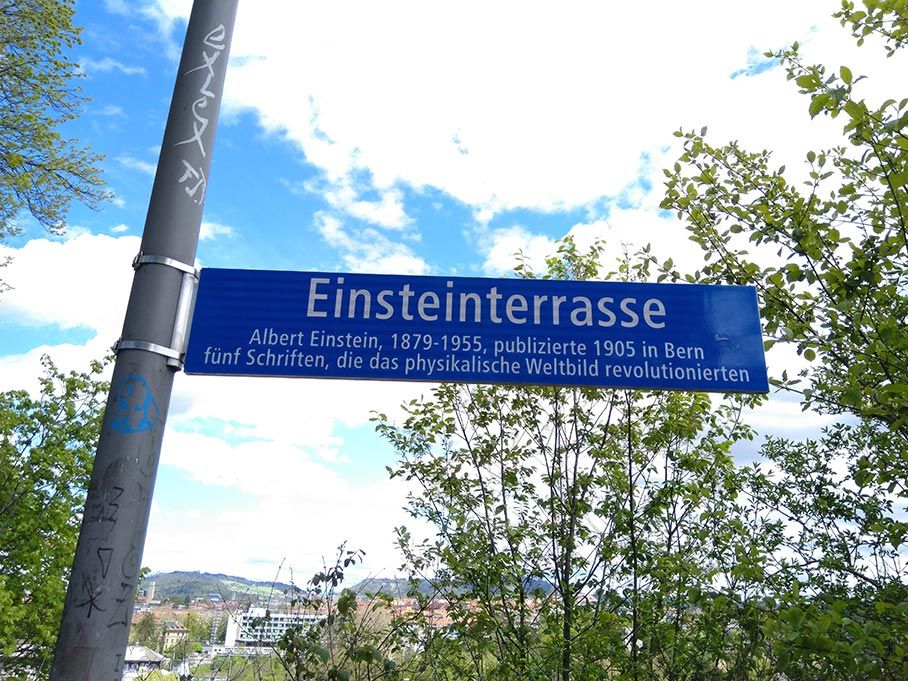
Street sign Einstein Terrace, Bern
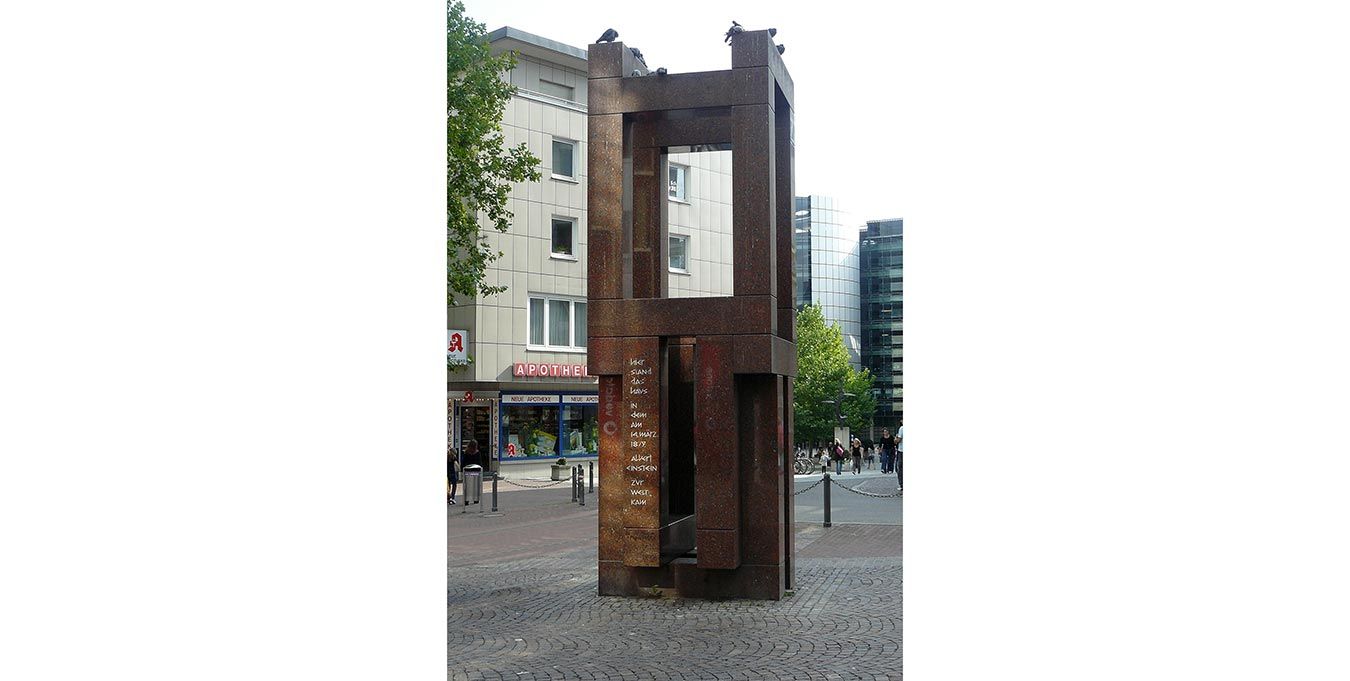
Memorial at the site of Einstein's birthplace in Ulm
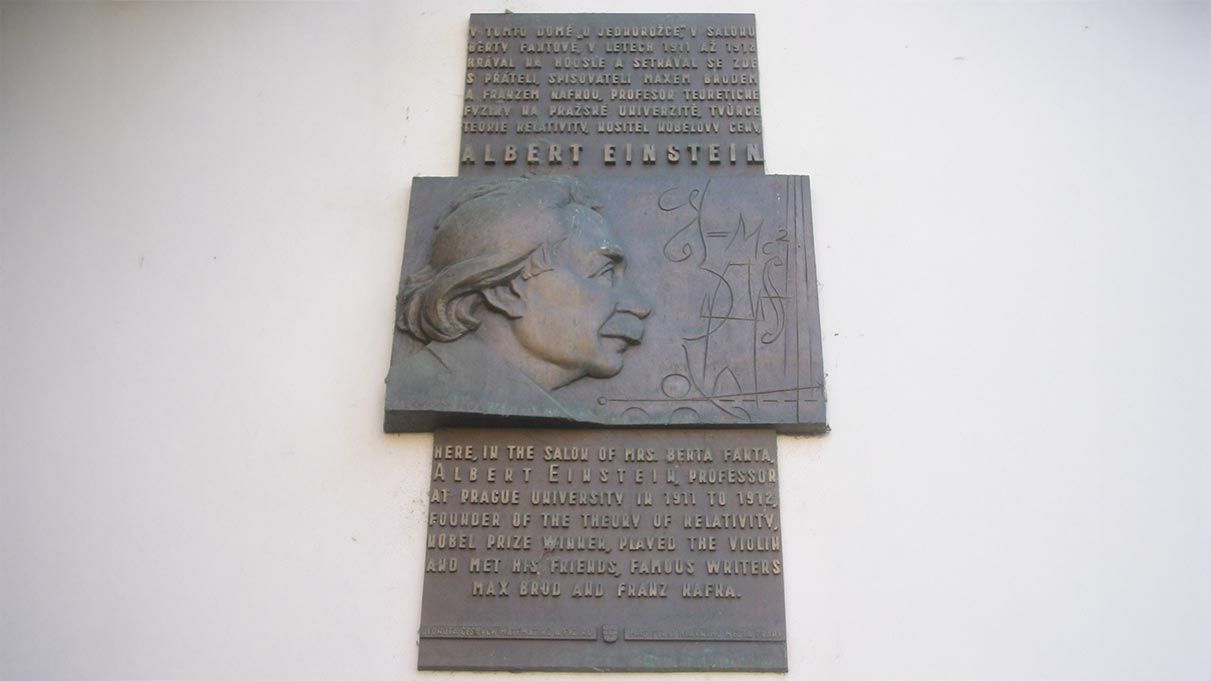
Monument in Prague near Jan Hus Square
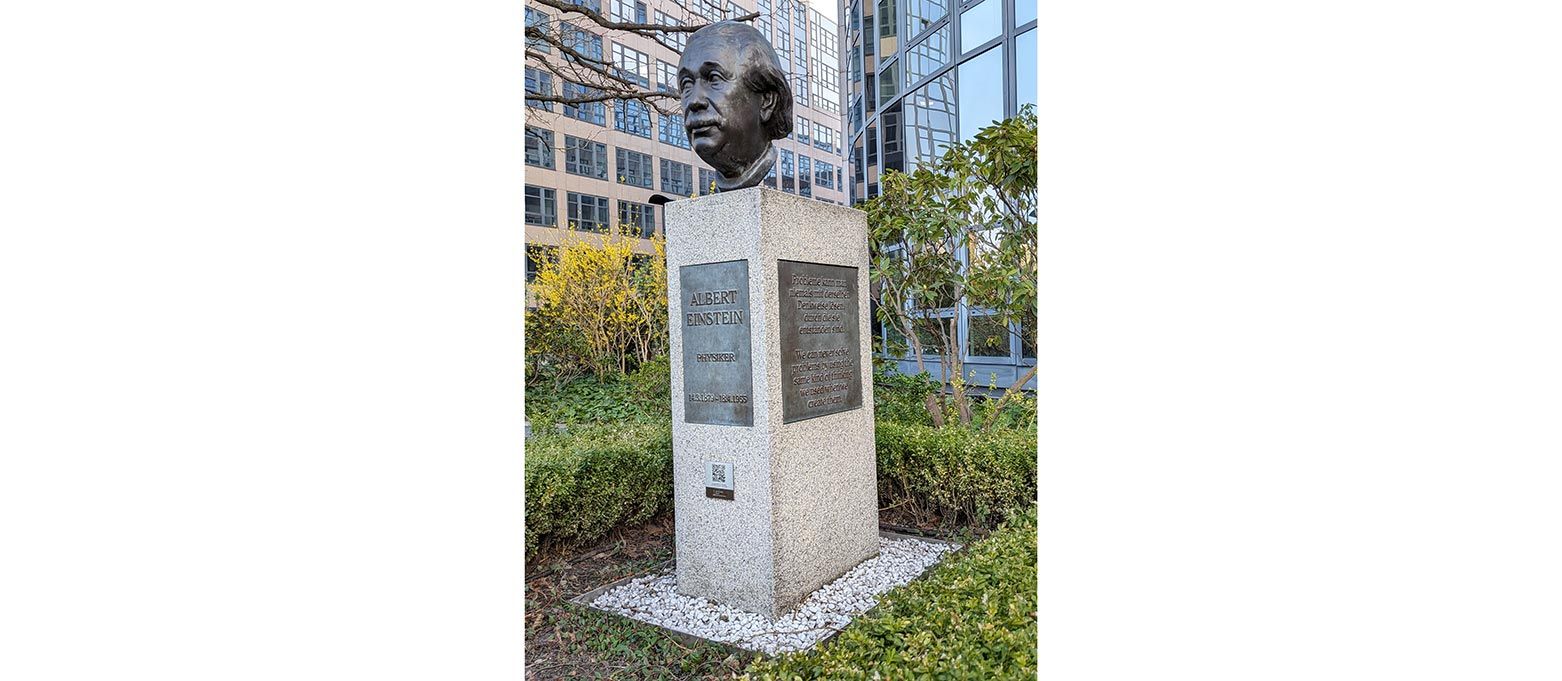
Memorial to Albert Einstein, Street of Remembrance, Berlin
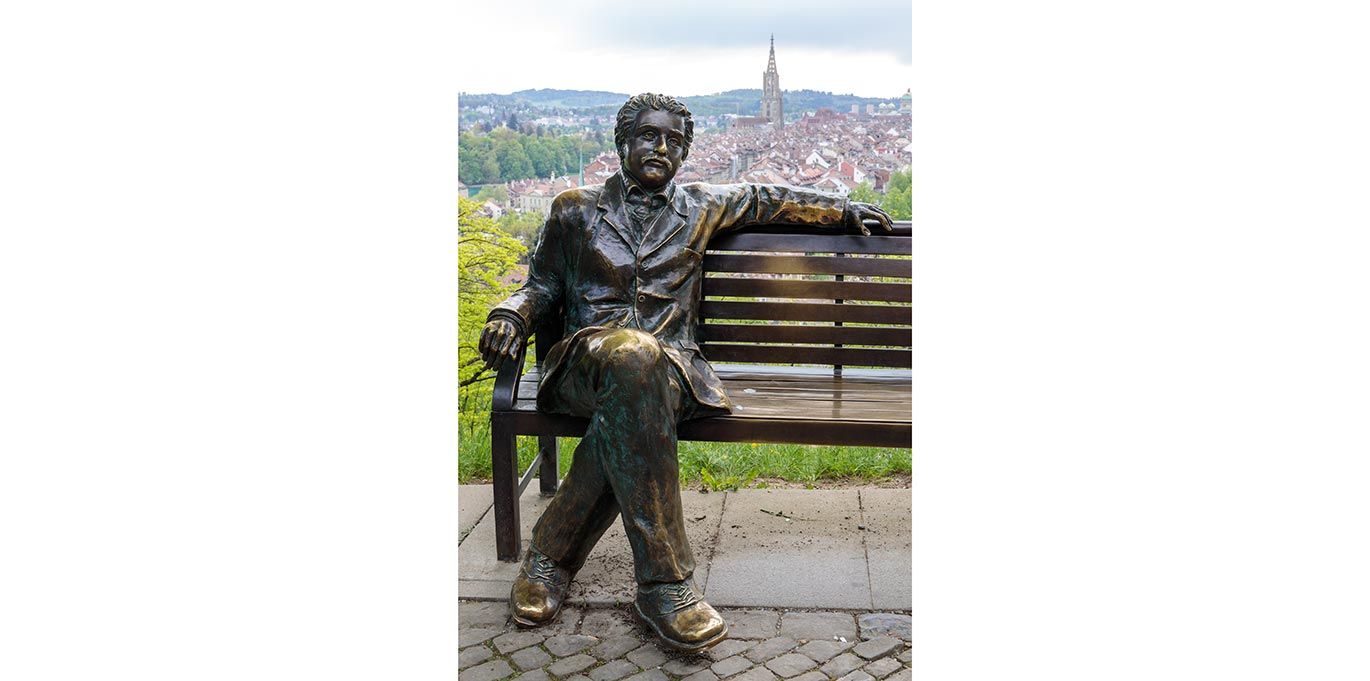
Einstein in the Rose Garden in Bern
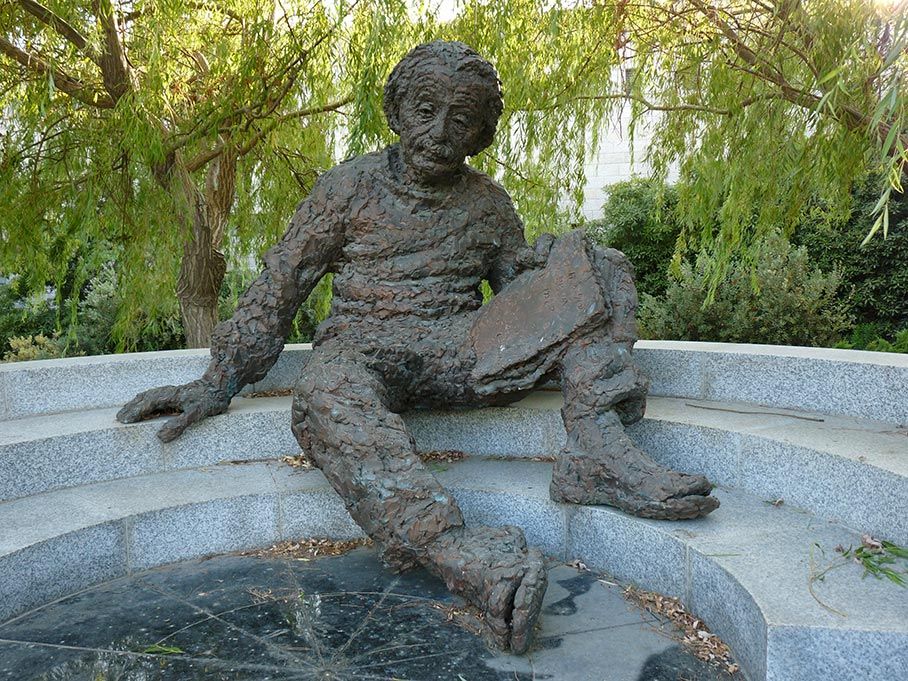
Albert Einstein Statue
- The 5 Year Old Einstein
- Albert Einstein and Maja Einstein
- Hermann Einstein
- Pauline Koch
- Albert Einstein an his Sister Maja
- Einstein with Habicht and Solovine
- Albert Einstein (1918)
- Einstein Opens the Radio Exhibition in Berlin
- Einstein & Oppenheimer
- Rabindranath Tagore and Albert Einstein (1930)
- Einstein together with leading representatives of Zionism (1921)
- Einstein during his only visit to the Technion in Haifa (February 1923)
- Einstein received his American naturalization certificate from Judge Phillip Forman
- Einstein's lecture on July 11, 1923 in Gothenburg
- Albert Einstein with Niels Bohr in Brussels in 1930, photograph by Paul Ehrenfest
- Nobel Prize 1921, awarded on 10 December 1922
- Einstein's Matura certificate from the Kantonsschule Aarau
- Immigration certificate from January 1936
- Honorary doctorate certificate (1919)
- Einstein on a 5 lirot banknote (Israel, 1968)
- Berlin memorial plaque at Ehrenbergstraße 33 in Berlin-Dahlem
- Albert Einstein's summer house in Caputh near Potsdam
- Einstein's house in Aarau
- Bust of Albert Einstein in the Deutsches Museum in Munich
- Street sign Einstein Terrace, Bern
- Memorial at the site of Einstein's birthplace in Ulm
- Monument in Prague near Jan Hus Square
- Memorial to Albert Einstein, Street of Remembrance, Berlin
- Einstein in the Rose Garden in Bern
- Albert Einstein Statue
From Germany to the United States
The Timeline of his life
Where Einstein Lived:
A Life Across Continents
Albert Einstein’s life took him across Europe and the United States, with each place marking a different chapter of his scientific and personal journey.
He was born in Ulm, Germany in 1879, but his family moved shortly after to Munich, where he spent most of his childhood and school years. In 1895, at the age of 16, Einstein moved to Switzerland to escape the rigid German school system. He lived in Aarau briefly before enrolling in the Swiss Federal Polytechnic in Zurich, where he studied physics and mathematics.
After graduation, he settled in Bern, where he worked at the Swiss Patent Office. During his time in Bern, he developed many of his early groundbreaking theories, including special relativity. He later held academic posts in Zurich, Prague, and then again in Zurich, before accepting a prestigious position in Berlin in 1914. He lived in Berlin for nearly two decades and completed his General Theory of Relativity there.
In 1933, with the rise of the Nazi regime, Einstein left Germany permanently. He briefly stayed in Belgium and Britainbefore accepting a long-term position in the United States. He settled in Princeton, New Jersey, where he worked at the Institute for Advanced Study. This would remain his home for the rest of his life—until his death in 1955.
Einstein’s homes reflect a life shaped by intellectual pursuit, political upheaval, and a relentless drive for freedom and discovery. From Ulm to Princeton, each location tells part of the story of one of history’s most influential thinkers.
In the Footsteps of Einstein:
Places to Visit
To truly understand Albert Einstein, step into the places where he lived, worked, and changed the course of science. Across Europe and the United States, several destinations offer a glimpse into the life of this extraordinary mind.
Start in Ulm, Germany, where Einstein was born in 1879. Although the original house no longer stands, the Einstein Fountain and Einstein Museum in Ulm honor his legacy with interactive exhibits and historical context.
Travel next to Munich, where Einstein spent his early childhood and schooling years. While the schools he attended have changed over time, the city shaped his early interest in science and mathematics.
A pivotal chapter unfolds in Bern, Switzerland, where Einstein worked at the Swiss Patent Office. The Einstein House(Einsteinhaus) at Kramgasse 49 is preserved as a museum and offers a glimpse into the humble surroundings where he formulated the theory of special relativity in 1905.
In Zurich, you can visit the ETH Zurich (Swiss Federal Institute of Technology), where Einstein studied and later taught. The campus remains a hub for innovation and reflects his strong academic roots.
Make a stop in Prague, where Einstein held a short but influential professorship. He lived in the city for about a year, and his apartment in the Old Town is marked by a plaque recognizing his contribution.
Berlin is another must-visit. As a professor at the Prussian Academy of Sciences, Einstein lived here from 1914 to 1933. Although his home was destroyed during WWII, sites like the German Museum of Technology and Berlin's Jewish Museum explore his work and legacy.
Finally, head to Princeton, New Jersey, USA. Einstein spent the last 22 years of his life at the Institute for Advanced Study. While the Institute is not open to the public, you can walk the streets of Einstein’s neighborhood, visit Princeton University, and even see his modest home at 112 Mercer Street—still privately owned, but marked as a historic site.
From quiet Swiss streets to bustling American campuses, these places offer a unique look at how a global citizen of science lived, worked, and inspired generations.
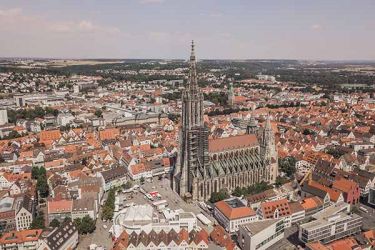
Ulm
In Ulm, you can trace Albert Einstein’s roots at the Einstein Fountain, a symbolic sculpture near the Zeughaus, and the Einstein Memorial on Bahnhofstraße, marking his birthplace. The Museum "Die Einsteins" offers insights into his family history, while the upcoming Albert Einstein Discovery Center will explore his life and theories. For a broader view of the city, visit the Ulm Minster, which Einstein reportedly climbed during a 1923 visit.
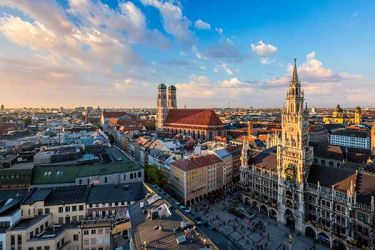
Munich
In Munich, you can explore Albert Einstein’s early life by visiting the Albert Einstein Gymnasium, formerly the Luitpold-Gymnasium, where he attended school as a teenager. While his childhood home on Müllerstraße no longer stands, the area remains a point of interest for tracing his roots. For a broader scientific context, the Deutsches Museum features extensive physics exhibits that reflect the era in which Einstein began forming his ideas. To tie it all together, a guided walking tour through Munich’s Old Town offers deeper insights into how the city influenced his development and showcases key locations from his youth.
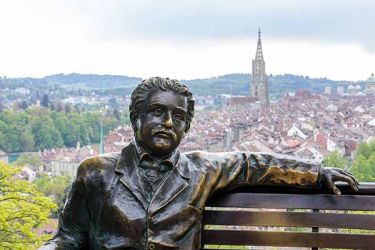
Bern
In Bern, you can dive into Albert Einstein’s life by visiting the Einstein House on Kramgasse, where he lived from 1903 to 1905 and developed some of his most groundbreaking theories, including special relativity. The restored apartment offers an intimate look at his daily life, with exhibits of photos, documents, and a short film. Just a short walk away, the Einstein Museum within the Bern Historical Museum presents a comprehensive, interactive exhibition on his life, work, and legacy. For a deeper experience, Einstein-themed walking tours take you through key sites in Bern’s UNESCO-listed Old Town, providing rich context and stories from the time Einstein called the city home.
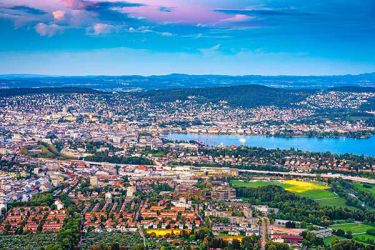
Zurich
In Zurich, explore Albert Einstein’s legacy at ETH Zurich, where he studied and later taught—his preserved locker and an app-based tour highlight his time there. A memorial plaque at Unionstrasse 4 marks one of his former homes, and a self-guided walking tour takes you through key city landmarks linked to his life and work.
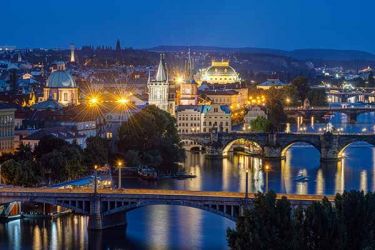
Prague
In Prague, you can trace Einstein’s legacy by visiting his former residence at Lesnická 7 and the Institute of Theoretical Physics at Viničná 7, where he taught in 1911–1912. Explore his intellectual circle at the House at the Golden Unicornon Old Town Square and enjoy a stop at Café Louvre, one of his favorite hangouts during his time in the city.
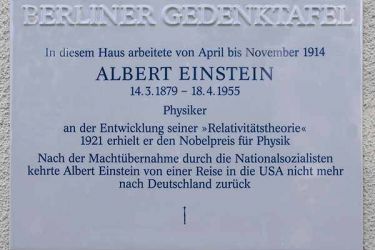
Berlin
In Berlin, visit Humboldt University and the former Prussian Academy of Sciences, where Einstein worked and presented his theory of general relativity. A plaque at Ehrenbergstraße 33 marks his only surviving Berlin residence, and Einsteinpark features artistic tributes to his legacy. For deeper insight, tour the Einstein Tower observatory in Potsdam and his former summer home, the Einsteinhaus in Caputh.
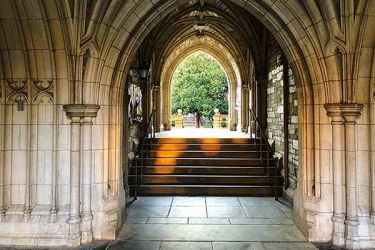
Princeton
In Princeton, visit the Institute for Advanced Study, where Einstein worked until his death, and see Fuld Hall, his former office building. His longtime home at 112 Mercer Street is a notable landmark, and the Historical Society of Princeton offers exhibits and walking tours about his life. A dedicated Einstein Museum of Science is also in development.


